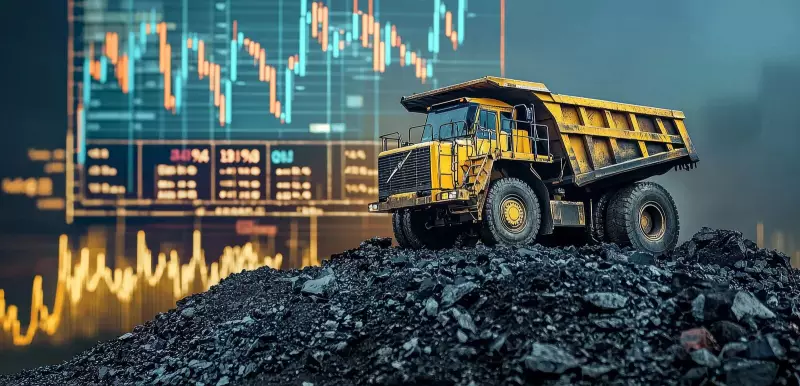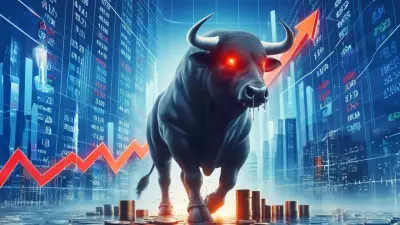
China's increasingly assertive rare earth policies are sending shockwaves through global markets, creating a gold rush of investment opportunities in alternative sources worldwide. As Beijing tightens its control over these critical minerals, savvy investors are scrambling to fund projects from the Australian outback to African mines.
The Global Race for Rare Earth Independence
The strategic importance of rare earth elements can hardly be overstated. These 17 metals are the lifeblood of modern technology, powering everything from smartphones and electric vehicles to advanced military equipment. With China controlling over 60% of global production and nearly 90% of processing capacity, recent policy shifts have triggered alarm bells across Western capitals and boardrooms alike.
Investment Hotspots Emerging Worldwide
As China consolidates its dominance, several regions are emerging as promising alternatives for rare earth investment:
- Australia: Boasting some of the world's largest untapped deposits, Australian mining companies are attracting significant foreign investment
- Africa: Countries like Malawi, Burundi, and South Africa are becoming hotspots for exploration and development
- North America: The United States and Canada are rapidly scaling up domestic production capabilities with government support
- Southeast Asia: Vietnam and Malaysia are leveraging their geological advantages to enter the market
Why This Investment Wave Matters Now
The timing of this investment surge couldn't be more critical. The global transition to green energy and digital technologies is dramatically increasing demand for rare earth elements. Electric vehicles alone require six times more rare earth materials than conventional cars, while wind turbines and 5G infrastructure are equally hungry for these specialized metals.
Government Policies Fueling the Boom
Western governments are actively supporting this diversification effort through substantial incentives and policy measures:
- The US Inflation Reduction Act includes tax credits for domestically sourced critical minerals
- European Union's Critical Raw Materials Act aims to reduce dependency on single suppliers
- India's new mineral policy actively encourages exploration and processing investments
- Japan has been strategically stockpiling and investing in overseas mining projects for years
Challenges and Opportunities for Investors
While the potential rewards are substantial, investors face significant challenges. Developing new rare earth mines requires massive capital investment and can take up to a decade to become operational. Environmental concerns and complex processing requirements add additional layers of complexity.
However, the long-term outlook remains overwhelmingly positive. As one mining executive noted, "The geopolitical imperative to secure alternative supplies, combined with exploding demand from clean energy technologies, creates a perfect storm for investment returns."
The Road Ahead
The global rare earth landscape is undergoing its most significant transformation in decades. While China will likely remain the dominant player for the foreseeable future, the emergence of viable alternatives represents both a strategic necessity and a remarkable investment opportunity. For those willing to navigate the complexities, the rare earth sector offers exposure to one of the most compelling growth stories of our time.





